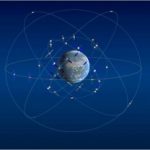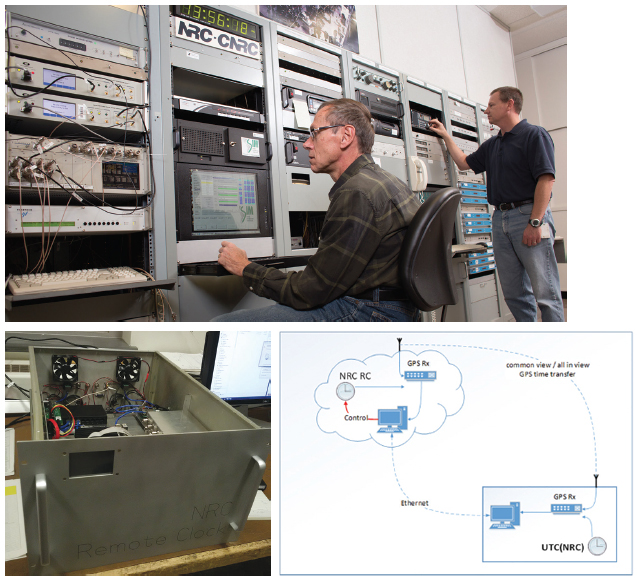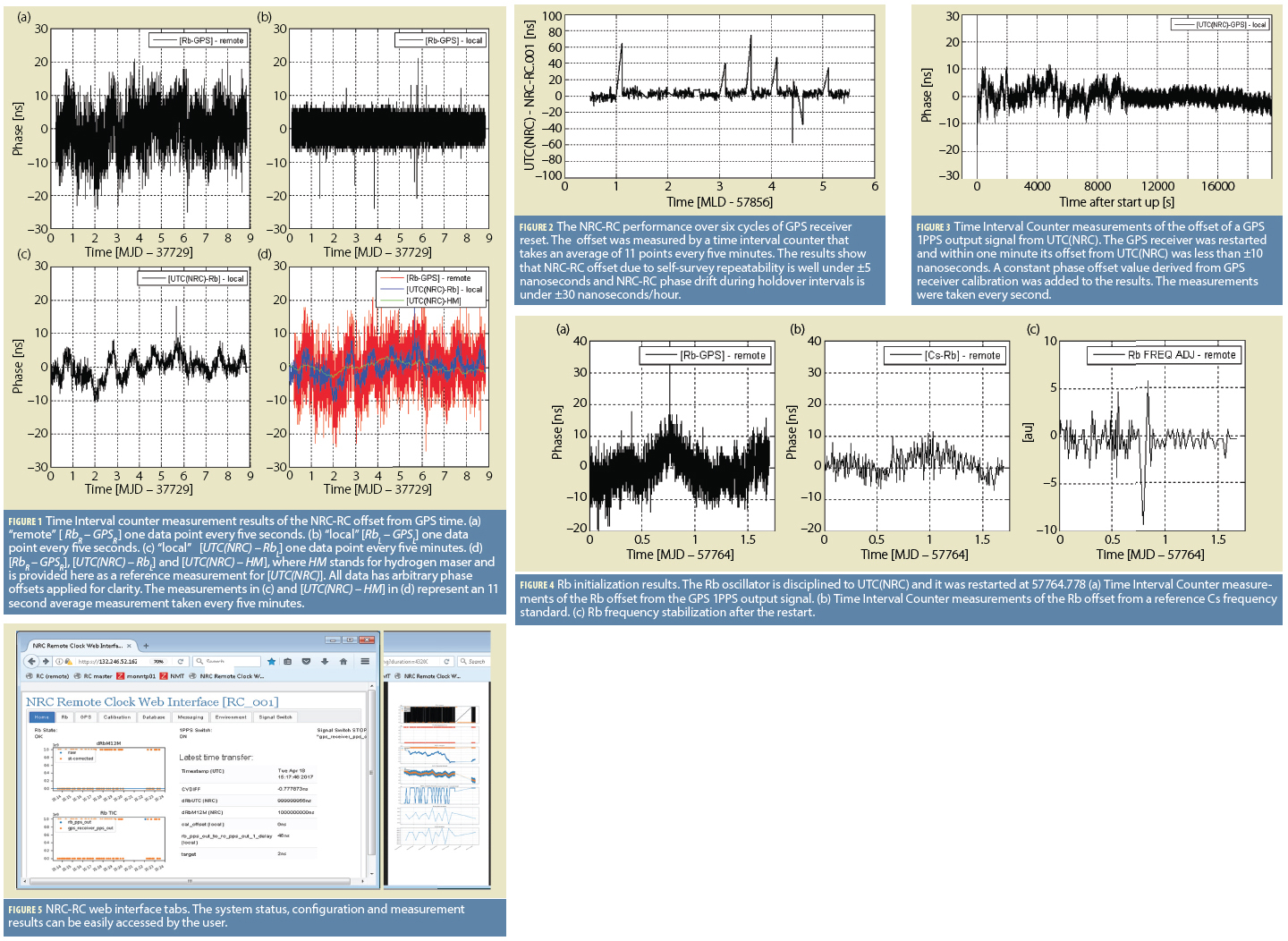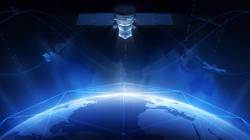Int’l Symposium on Precision Approach and Performance Based Navigation (ISPA 2017)
 “Airborne” by Christopher Klein was built in 2008 for The Linde Group’s headquarters, the Angerhof, in Munich. Wikimedia Commons photo by Martin Falbisoner.
“Airborne” by Christopher Klein was built in 2008 for The Linde Group’s headquarters, the Angerhof, in Munich. Wikimedia Commons photo by Martin Falbisoner.The International Symposium on Precision Approach and Performance Based Navigation (ISPA) is seeking contributions in a variety of related fields, and the abstracts are to be submitted electronically by July 31, 2017.
By Inside GNSS












